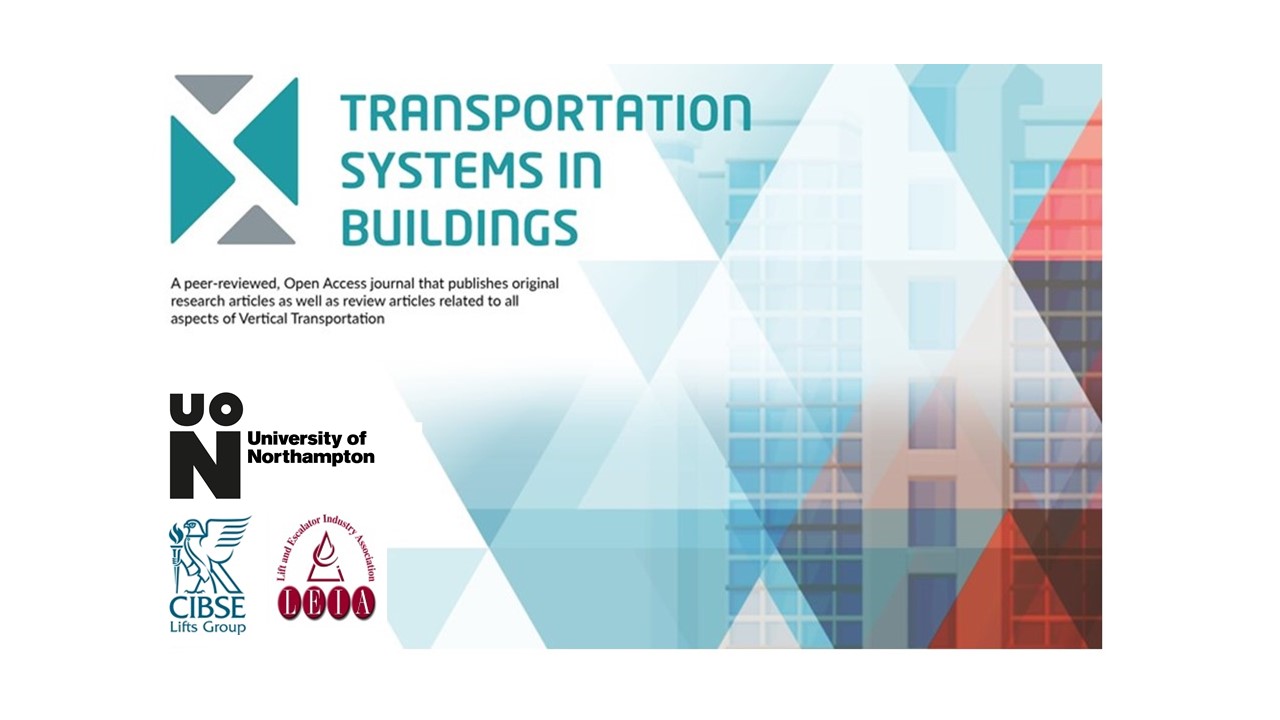Selling Lifts in the Late 19th and Early 20th Century
DOI:
https://doi.org/10.14234/tsib.v1i1.121Abstract
Among the most interesting artifacts associated with the history of lifts are manufacturers’ catalogs. The audiences for these documents included architects, building owners, engineers, and other lift manufacturers. Catalogs typically included detailed descriptions of lift types and individual components, which were accompanied by illustrations and accounts of specific installations. The catalogs also often described normative use patterns, which allows a unique glimpse into the world of late 19th and early 20th Century lift operation. Finally, the advertising language used to describe the mechanical virtues of a manufacturer’s lift systems is similar to contemporary catalogs: lifts were described as safe, efficient, and economical. The catalogs examined for this paper include those published by Brady & Thornborough, R. Waygood & Company, Archibald Smith & Stevens, and William Wadsworth & Sons, Ltd.References
Brady & Thornborough, Manufacturers of Patent Revolving Shutters in Wood, Iron or Steel, Improved Self-Acting Sun Blinds, Hoists and Lifts & Patent Swivel Partitions (1884).
R. Waygood & Co., Hydraulic Passenger Lifts: A Guide to Intending Purchasers (1889).
Archibald Smith & Stevens, Notes on Electric Lifts (3rd edition) (1905).
William Wadsworth and Sons, Wadsworths: Lifts, Transporters, Hoisters (c. 1930).
Downloads
Published
How to Cite
Issue
Section
License
The author(s) must warrant that an article is original and the sole work of the author(s); the author(s) must also obtain relevant permissions from any third-party copyright holders. Where an article or report has more than one author, the submitting author is responsible for ensuring that all other authors agree to the terms of submission.
Copyright and associated moral rights in works published in Transportation Systems in Buildings are retained by the authors. Authors grant to The University of Northampton and Transportation Systems in Buildings non-exclusive rights to reproduce works electronically (in full or in part) and to publish works in any such media current or later developed. By virtue of their appearance in this open access journal, works may be used freely, with proper attribution, in educational and other non-commercial settings.

